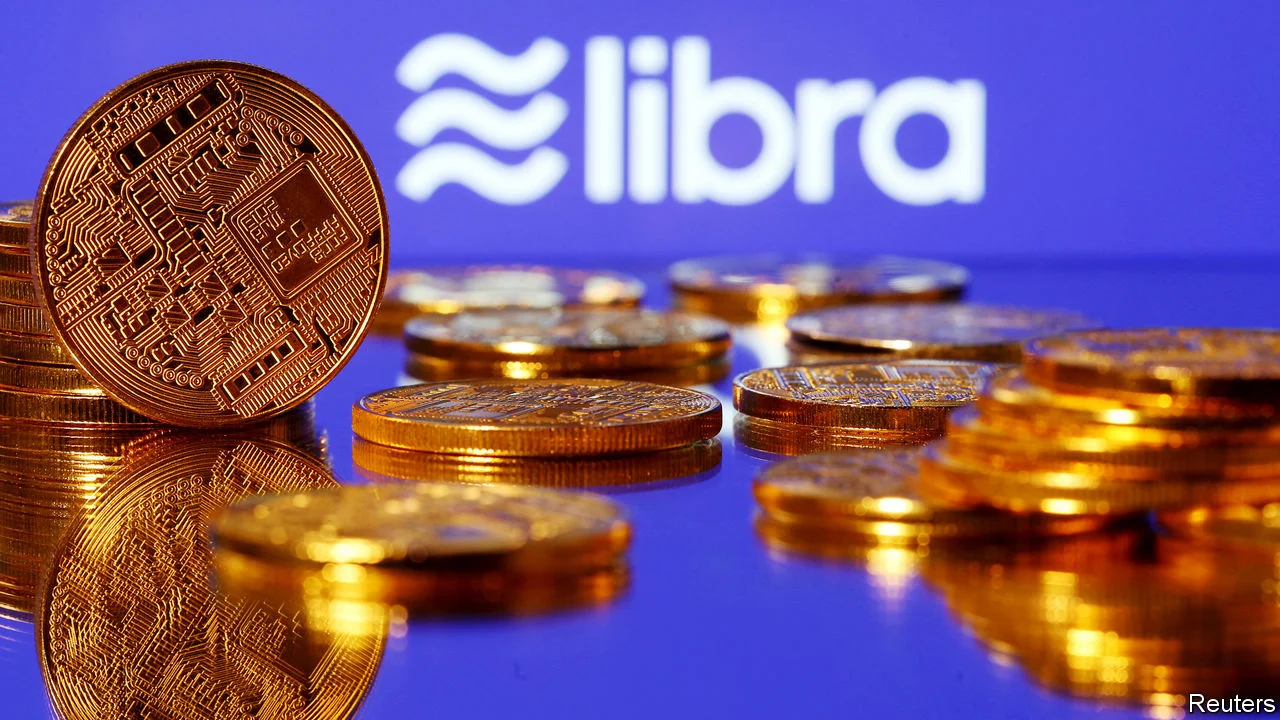
Cryptocurrency has long been hailed as a revolutionary financial tool, creating immense wealth for investors worldwide. However, its decentralized and largely unregulated nature has also paved the way for scams, market manipulation, and fraudulent schemes. One such controversy that recently shook the crypto space is the LIBRA Token Scandal—a classic case of a pump-and-dump scheme that left thousands of investors in financial ruin.
The LIBRA token was launched with much excitement, fueled by an endorsement from Argentina’s President Javier Milei, only for the project to collapse spectacularly after Milei deleted his post. This sudden reversal led to a market crash, wiping out billions in value and sparking widespread outrage. In this article, we delve into every aspect of the scandal, including the launch, the controversy, major financial losses, those who profited, and the legal repercussions that followed.
What is LIBRA?
LIBRA ($LIBRA) was introduced as a meme coin built on the Solana blockchain, created by entrepreneur Hayden Davis, the CEO of Kelsier Ventures, a crypto investment firm. The token was accessible via the website vivalalibertadproject.com—a domain name inspired by President Milei’s famous slogan, often used in his public speeches.
Speculation soon arose regarding the involvement of KIP Protocol, a decentralized AI firm, in LIBRA’s launch. However, KIP Protocol later clarified that all aspects of the launch and market-making were handled solely by Kelsier Ventures and Davis. The company claimed to have only been invited post-launch to assist with funding AI-driven tech projects.
Despite these assurances, LIBRA’s legitimacy came under scrutiny due to its lack of a clear roadmap, whitepaper, or transparent governance.
The Launch and Meteoric Rise of LIBRA
LIBRA debuted on February 14, 2025, as a private initiative aiming to boost Argentina’s small-scale businesses. Investors were led to believe that purchasing the token would contribute to economic growth.
However, the real frenzy began when President Javier Milei publicly endorsed LIBRA on X (formerly Twitter). This led many to assume the token had government backing, triggering a massive buying spree. Within hours:
- LIBRA’s price soared from a few cents to $4.50 per token.
- The market cap exploded to $4.5 billion, making it one of the fastest-growing meme coins in history.
The token’s rapid success, however, would soon unravel in a spectacular collapse.
The LIBRA Controversy: A Pump-and-Dump Unfolds
The turning point came when President Milei abruptly deleted his X post and distanced himself from LIBRA. His statement read:
“I was not aware of the details of the project, and after reviewing them, I decided to stop promoting it.”
This sudden withdrawal shattered investor confidence, sparking panic selling and an all-out market crash. Blockchain data soon revealed suspicious activity, with major token holders dumping their LIBRA holdings at peak prices—suggesting possible insider trading. Within five hours:
- LIBRA lost 94% of its value, erasing $4.4 billion from the market.
- Thousands of retail investors suffered devastating financial losses.
Experts and analysts quickly pointed out red flags that had been ignored amid the hype, including:
- No official development team or roadmap.
- No whitepaper to outline the project’s purpose and sustainability.
- A suspiciously centralized token distribution.
These characteristics strongly resembled past meme coin scams.
Who Lost Money?
Retail investors bore the brunt of LIBRA’s collapse. Many had invested their savings, believing the project would help Argentina’s economy. Reports indicate:
- 74,000 investors collectively lost $286 million.
- 24 traders lost more than $1 million each.
- 61 traders lost over $500,000.
Among the biggest victims:
- One investor lost $5.17 million, buying 2.1 million LIBRA tokens for $5.6 million, only to sell them for $430,000.
- A trader identified as “62KQa” spent $2.5 million on 659,000 LIBRA tokens but could only sell them for $392,000, losing $2.1 million.
Many smaller investors from Argentina reported losing their life savings, believing LIBRA was an officially backed initiative.
In response, notable figures in the crypto world extended support:
- Changpeng Zhao (CZ), the founder of Binance, donated $100,000 to affected investors.
- A university student, EnHeng, donated $50,000 and launched a fundraising campaign to assist victims.
Who Profited?
While most suffered devastating losses, a select few made immense profits. Blockchain analysis revealed:
- Hayden Davis, the creator of LIBRA, admitted in an interview with Coffeezilla that he profited $113 million.
- Whales (large investors) cashed out over $25 million in the early hours before the crash.
- Crypto traders familiar with pump-and-dump schemes shorted the token, making huge profits.
Despite Davis’ claims that LIBRA was not a scam but a failed strategy, the damage was already done.
Legal Actions and Investigations
The fallout from the LIBRA crash led to immediate legal action in Argentina. Federal Judge María Servini de Cubría initiated a fraud investigation into:
- Possible insider trading and market manipulation.
- President Milei’s potential involvement and whether he misused his political influence.
- Tracking major wallets that profited from the crash.
Meanwhile, Argentina’s Anti-Corruption Office is examining whether Milei’s deleted post indicates government misconduct for financial gain.
Further investigations revealed links between LIBRA’s creators and the TRUMP and MELANIA meme tokens, both of which experienced similar pump-and-dump cycles in 2024. This raised concerns that the same group could be orchestrating fraudulent schemes across multiple cryptocurrency projects.
Should You Invest in LIBRA?
LIBRA is now widely considered a highly speculative and high-risk asset due to:
- Ongoing legal scrutiny and lack of transparency.
- No clear development roadmap or real-world use case.
- Eroding trust within the crypto community.
While some traders may attempt to capitalize on short-term price movements, experts strongly discourage long-term investment unless major reforms and transparency measures are introduced.
Conclusion: A Harsh Lesson for Crypto Investors
The LIBRA scandal serves as a stark reminder of the risks associated with speculative crypto investments. It highlights the dangers of:
- Relying on political figures for investment advice.
- Ignoring fundamental research before investing.
- Getting caught up in hype without verifying a project’s legitimacy.
As investigations unfold, the scandal is likely to have long-term implications for crypto regulation in Argentina and beyond. Moving forward, investors should exercise extreme caution, conduct thorough research, and avoid investing based solely on social media endorsements.
The LIBRA debacle is yet another chapter in crypto’s wild history, reinforcing the need for greater transparency, accountability, and regulatory oversight in the evolving digital asset space.
Also Read: Pi Network on Binance Soon? Speculation Hits New Highs



